The Archetypes
Jungian archetypes are universal symbols and patterns of behaviour that are present in the collective unconscious, a term coined by the famous Swiss psychiatrist, Carl Jung. He proposed that archetypes are inherited from our ancestors and are shared by all human beings, regardless of culture or background. They are a sort of blueprint of human experience that influences the way we think, feel, and act The archetypes can be understood as characters in a story, each representing a different aspect of human nature.
For example, 'The Persona' represents the mask we wear in public to fit in and be accepted by others, 'The Shadow' represents the part of ourselves that we keep hidden or repressed, and 'The Self' represents our true, authentic self that integrates all aspects of our personality. Some of the most common archetypes include the 'Mother', 'Father', 'Child', 'Wise Elder', 'Shadow', and 'Anima/Animus'. Each of these archetypes has a unique set of traits and characteristics that are personified in different ways across many cultures & histories.
Each of us will be drawn to certain archetypes more than others. By following our instinctual drives and intuitive interests we might just cultivate a deeper understanding of ourselves and the roles these archetypes play in our personal and universal lives.
Jung believed that these archetypes are not merely abstract concepts, but have a real impact on our lives. It can influence our relationships, career choices, and even our spiritual beliefs. By understanding these archetypes, we can perhaps gain insight into our own behavior and the behavior of others, helping us to navigate the complexities of human experience.

The Persona (2023), digital artwork

The Shadow (2023), digital artwork.
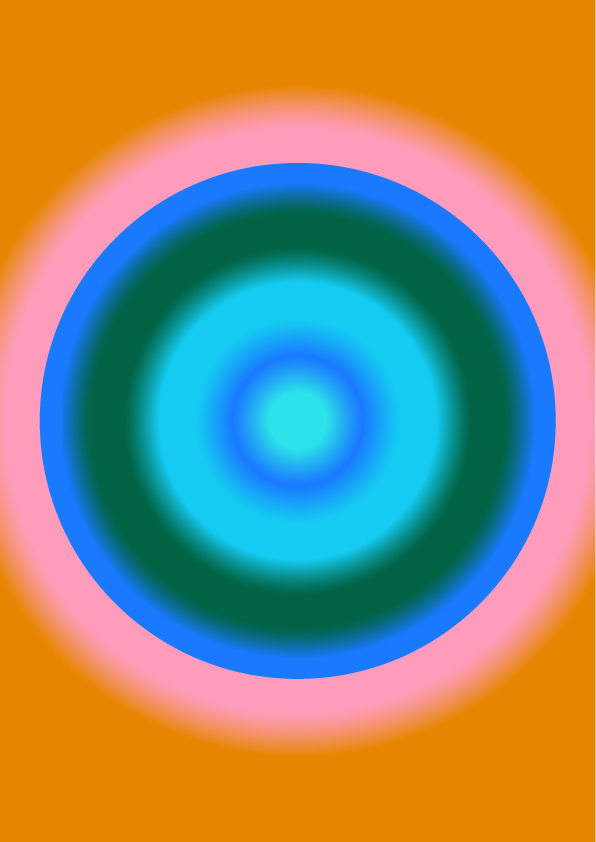
The Mother (2023), digital artwork
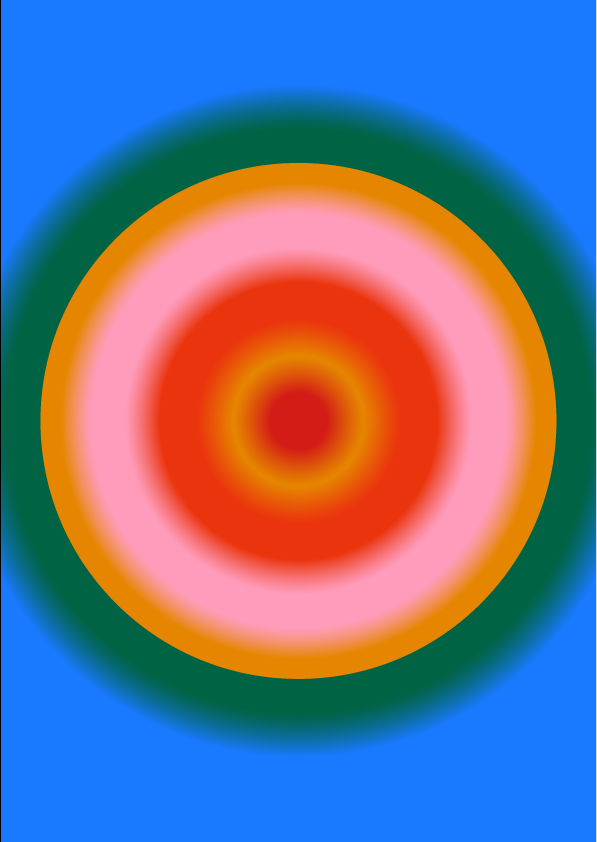
The Father (2023), digital artwork.

The Anima (2023), digital artwork
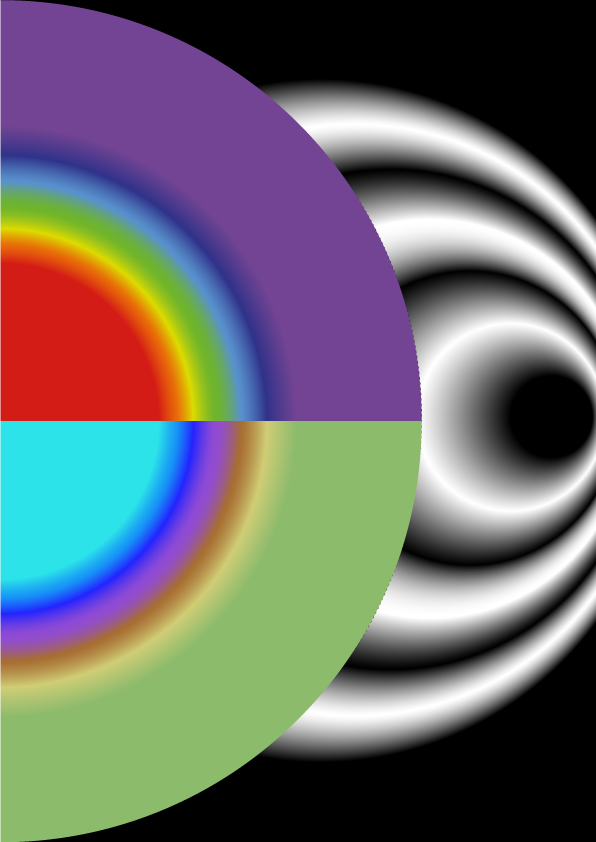
The Animus (2023), digital artwork.

The Sage (2023), digital artwork
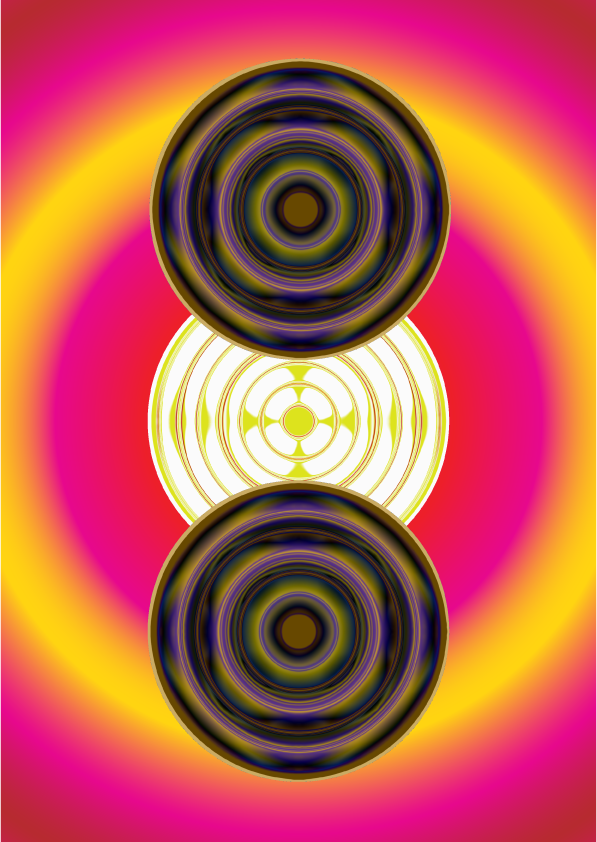
The Devil (2023), digital artwork
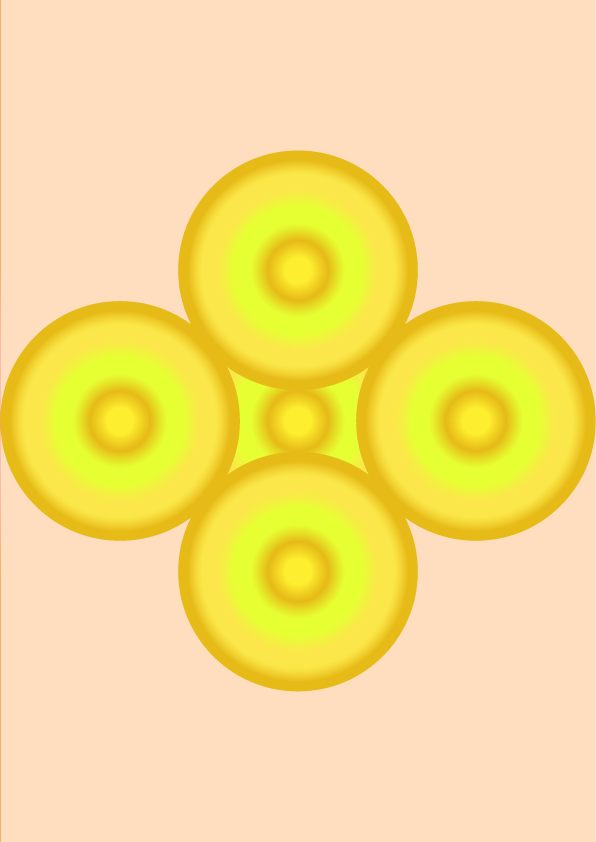
The Child (2023), digital artwork.
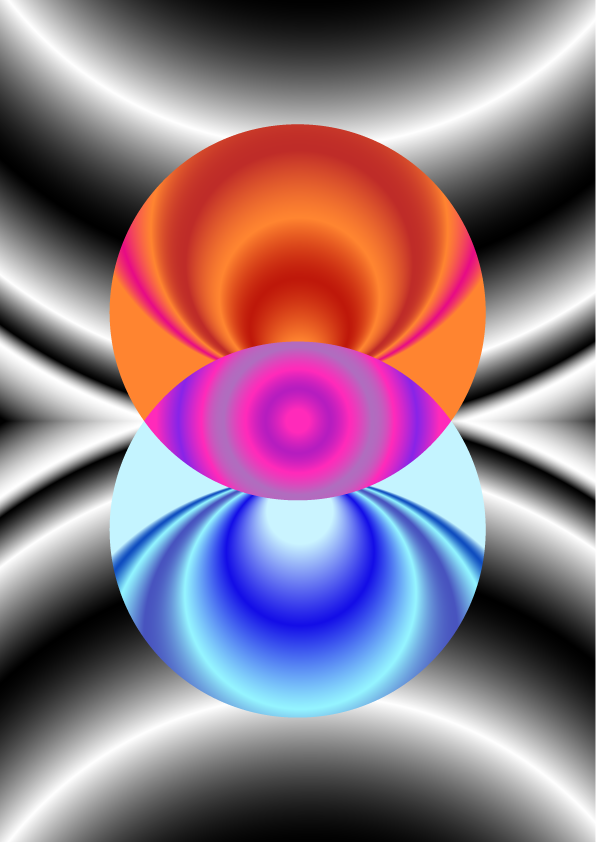
The Lovers (2023), digital artwork.
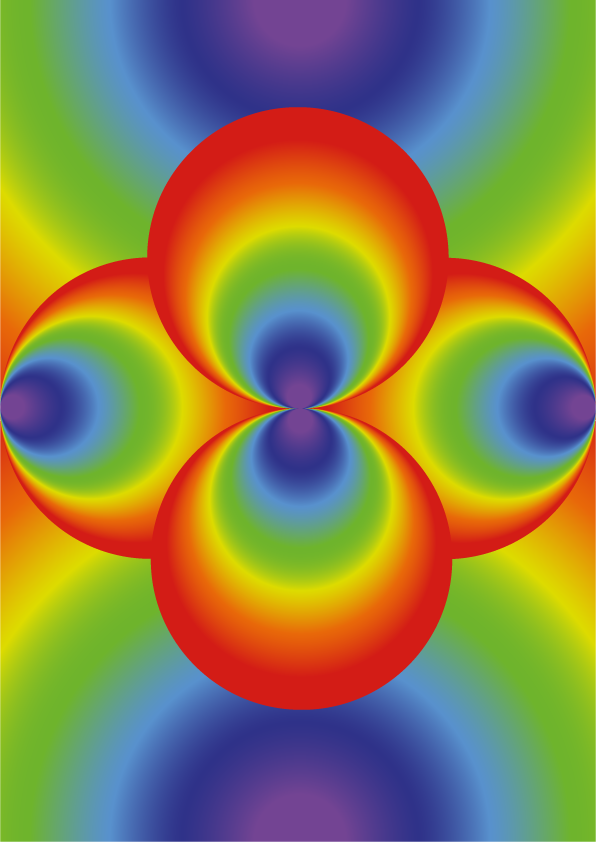
The Magician (2023), digital artwork
